

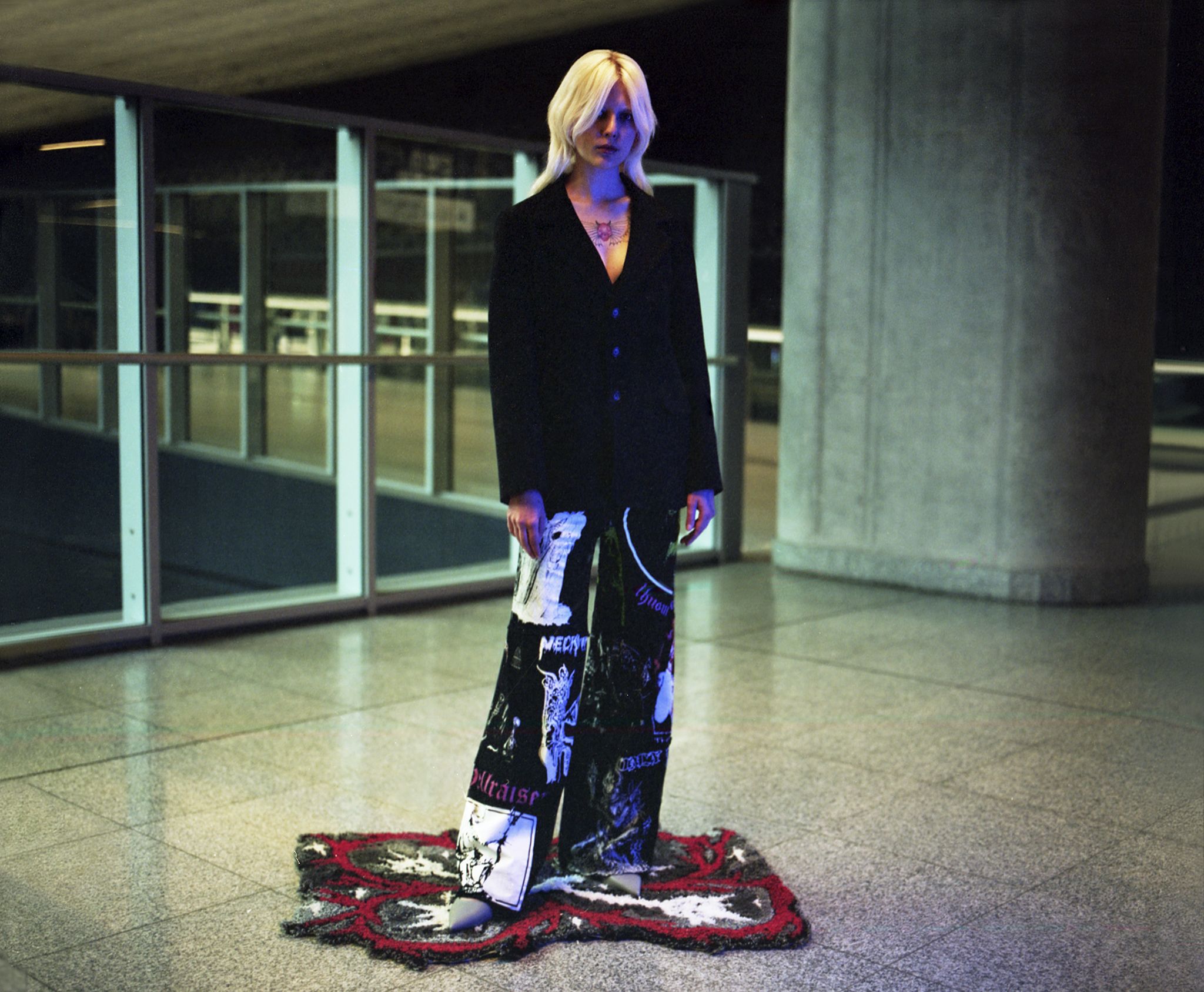
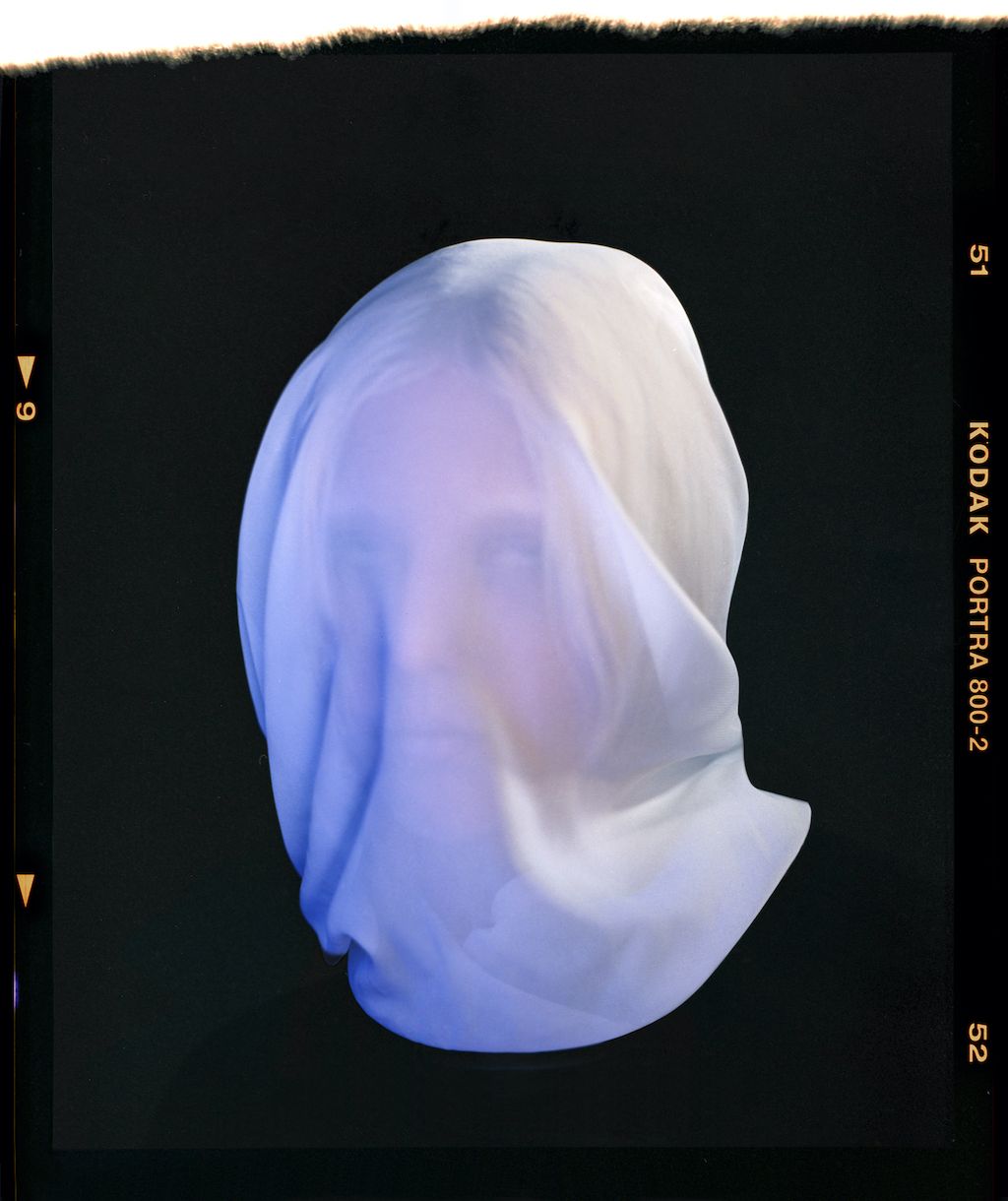
Feeling blue
“During the 1920s the Catalan artist Joan Miró produced a group of paintings that were radically different from anything he had done before. One of his “peinture-poésie”, a large canvas created in 1925, remains almost completely blank. In the top left-hand corner the word “Photo” is rendered in elegant, swirling calligraphy; over on the right there is a popcorn-shaped daub of forget-me-not-colored paint and underneath, the words, in neat, unassuming letters, “ceci est la coleur de mes réves” (“this is the color of my dreams”).
Just two years previously, Clyde Keeler, an American geneticist studying the eyes of blind mice, had made discoveries that indicated Miró might be on to something. Inexplicably, although the mice completely lacked the photoreceptors that enable mammals to perceive light, their pupils still contracted in response to it. It would be three-quarters of a century before the link was definitively proven: everyone, even the nonsighted, possesses a special receptor that senses blue light. This is crucial because it is our response to this portion of the spectrum, naturally present in the highest concentrations in early daylight, which sets our circadian rhythm, the inner clock that helps us sleep at night and remain alert during the day. One problem is our modern world, filled as it is with spot-lit rooms and backlit smartphones, overloads us with blue light at odd hours of the day, which has negative effects on our sleep patterns.”
Kassia St Clair “The Secret Lives of Colour”.
PHOTOGRAPHY PAULINA PIOR
STYLING EDGAR MŁYŃCZAK
MODEL OLIWIA SIEMIANOWICZ FROM REBEL MODELS
HAIR & MAKE-UP MILENA JURCZYK
POST-PRODUCTION JANEK KWIATKOWSKI
PHOTOGRAPHY ASSISTANT AGNIESZKA FREDA
SPECIAL THANKS ŁÓDZKIE CENTRUM FLOATINGU
CLOTHES TRASH MATTERS, KAROLINA PIENIĄŻEK, KUTA HOUSE, HOLY SPELLS, GABIASFUCK
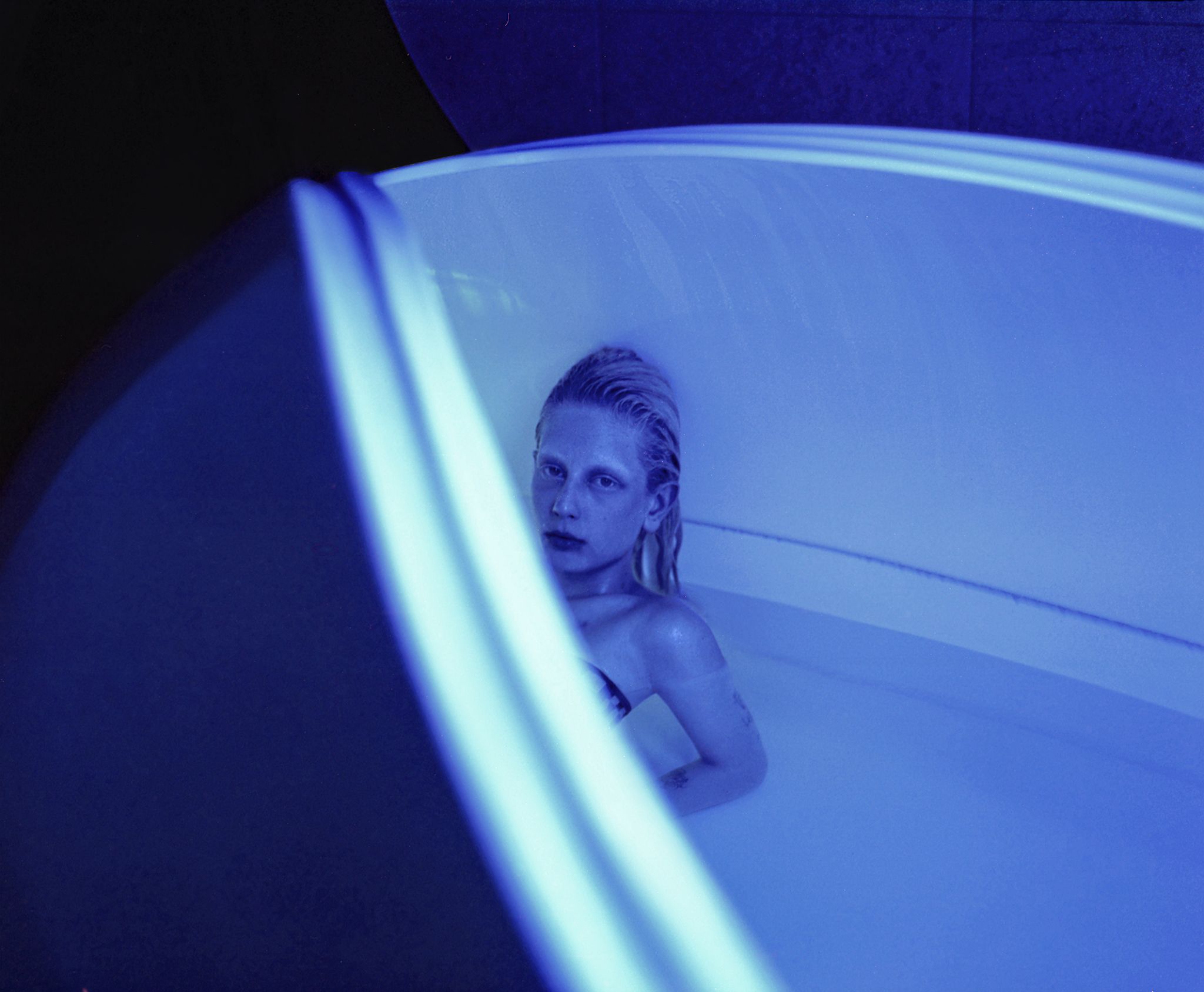
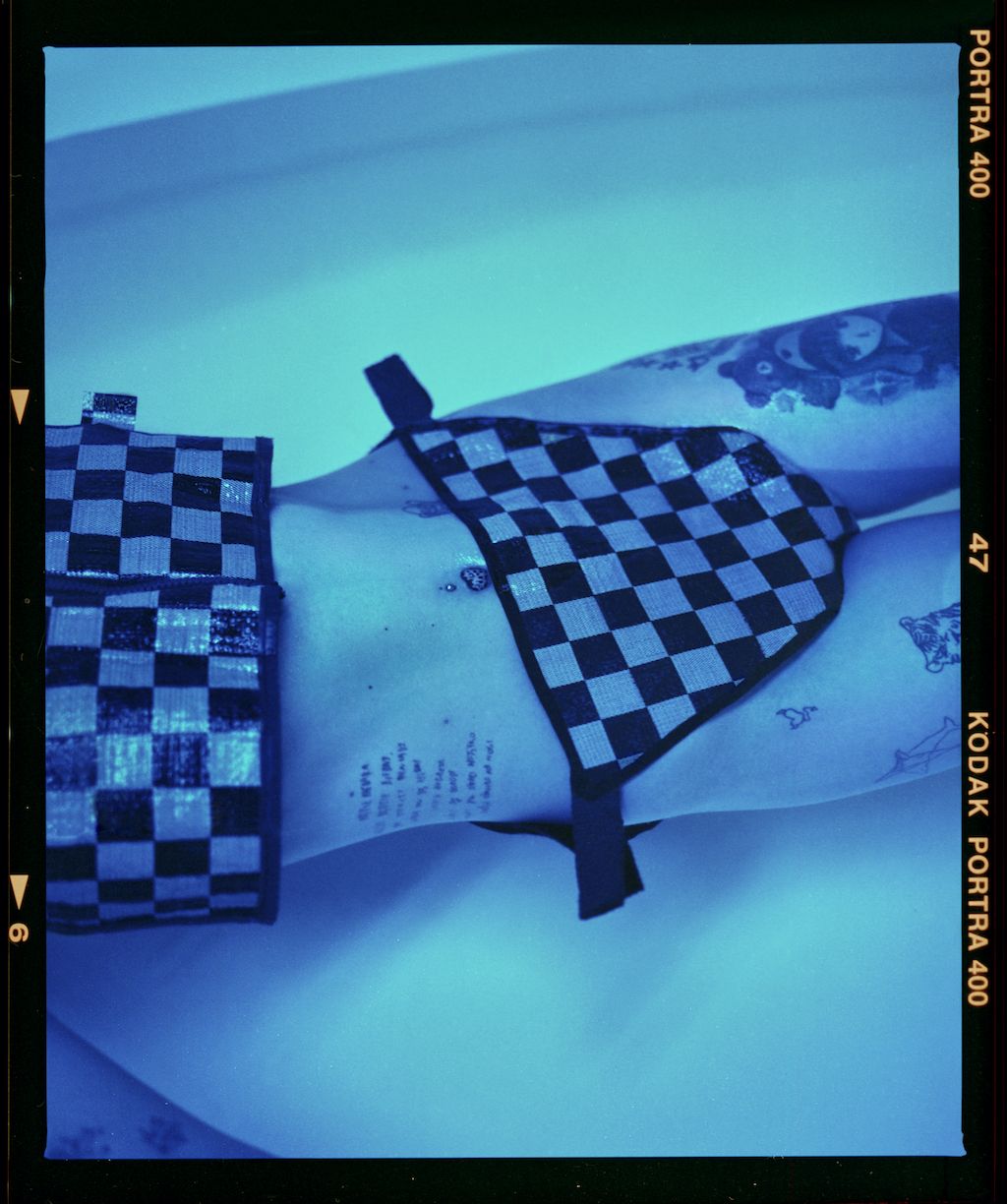
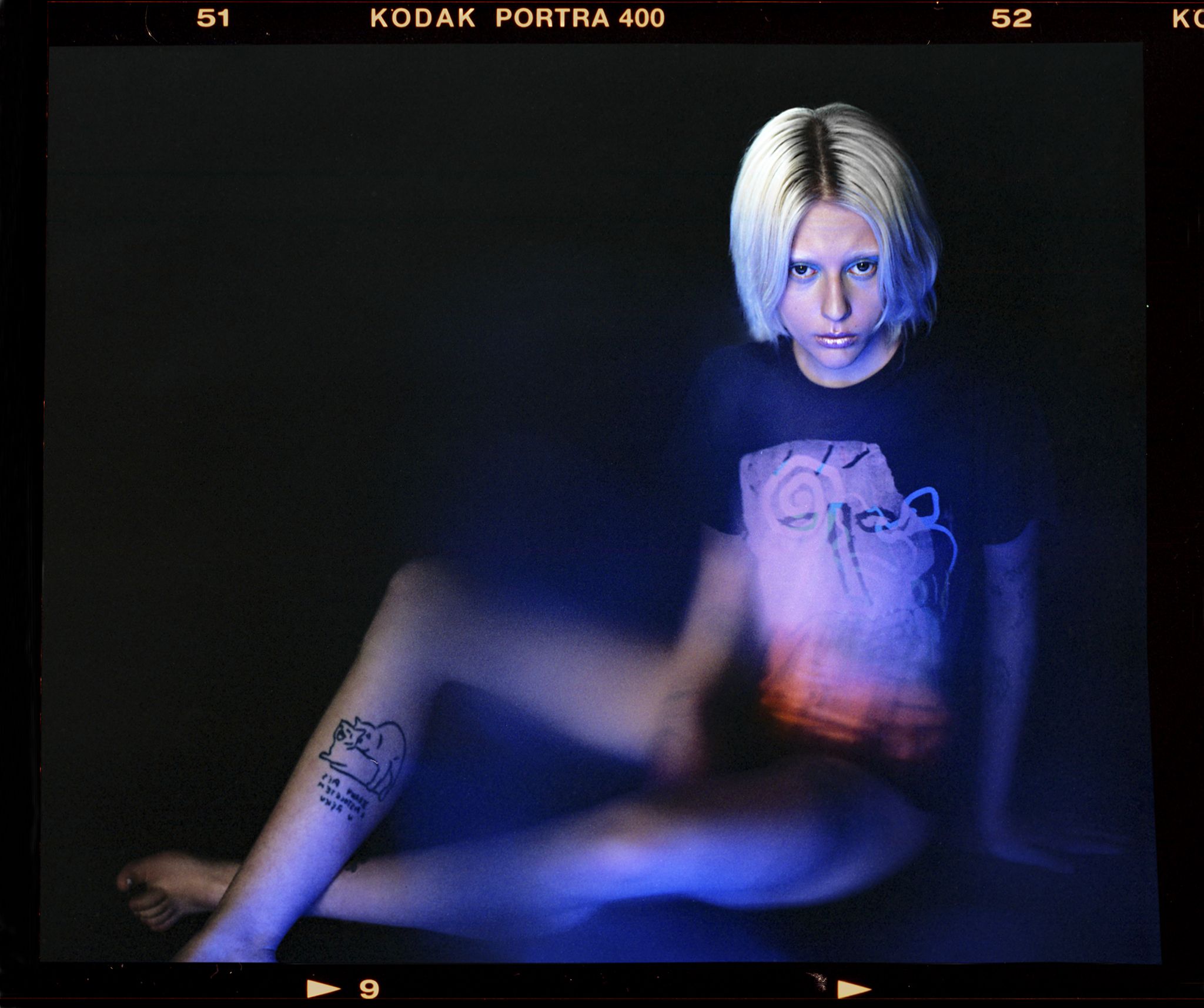
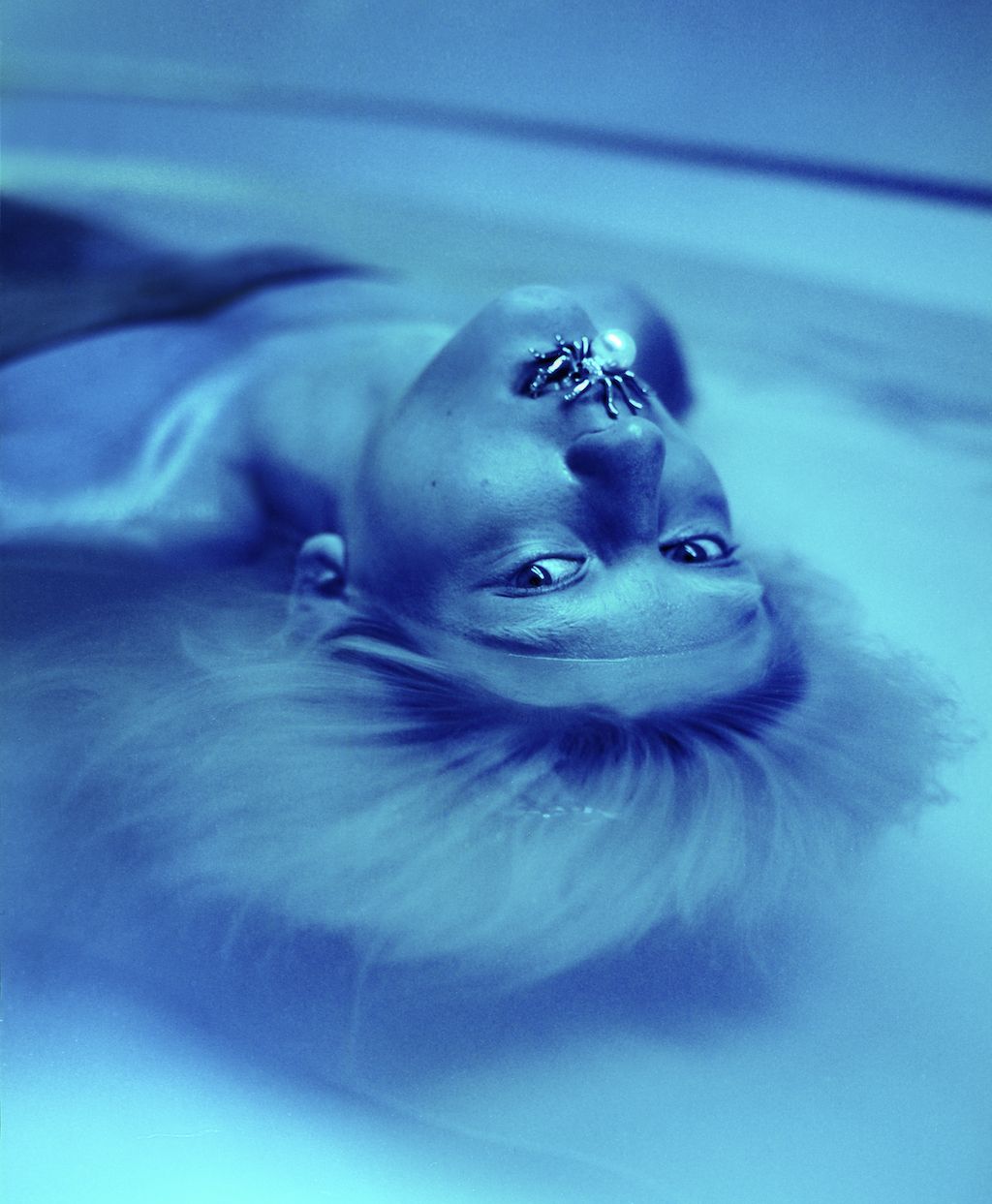
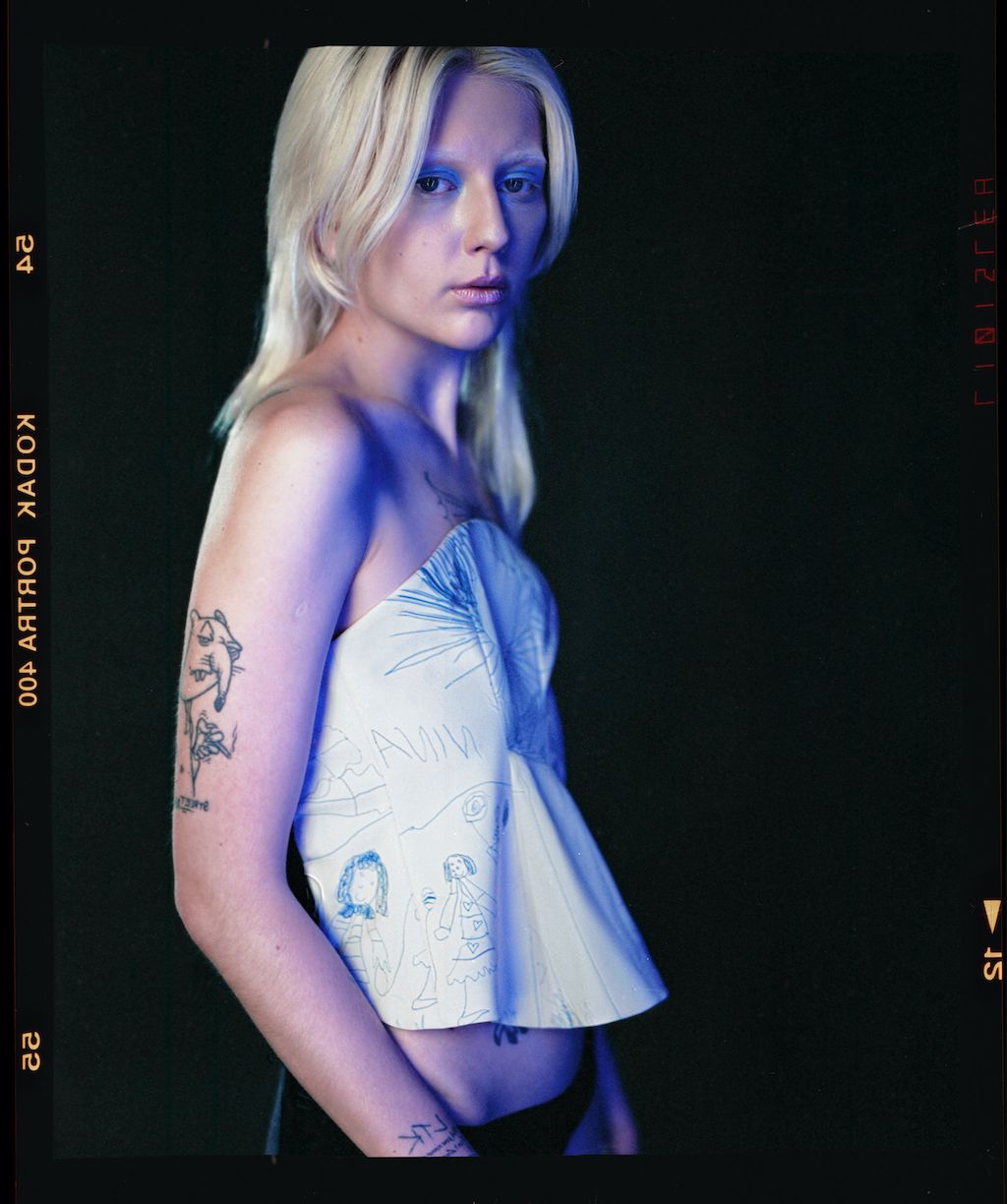
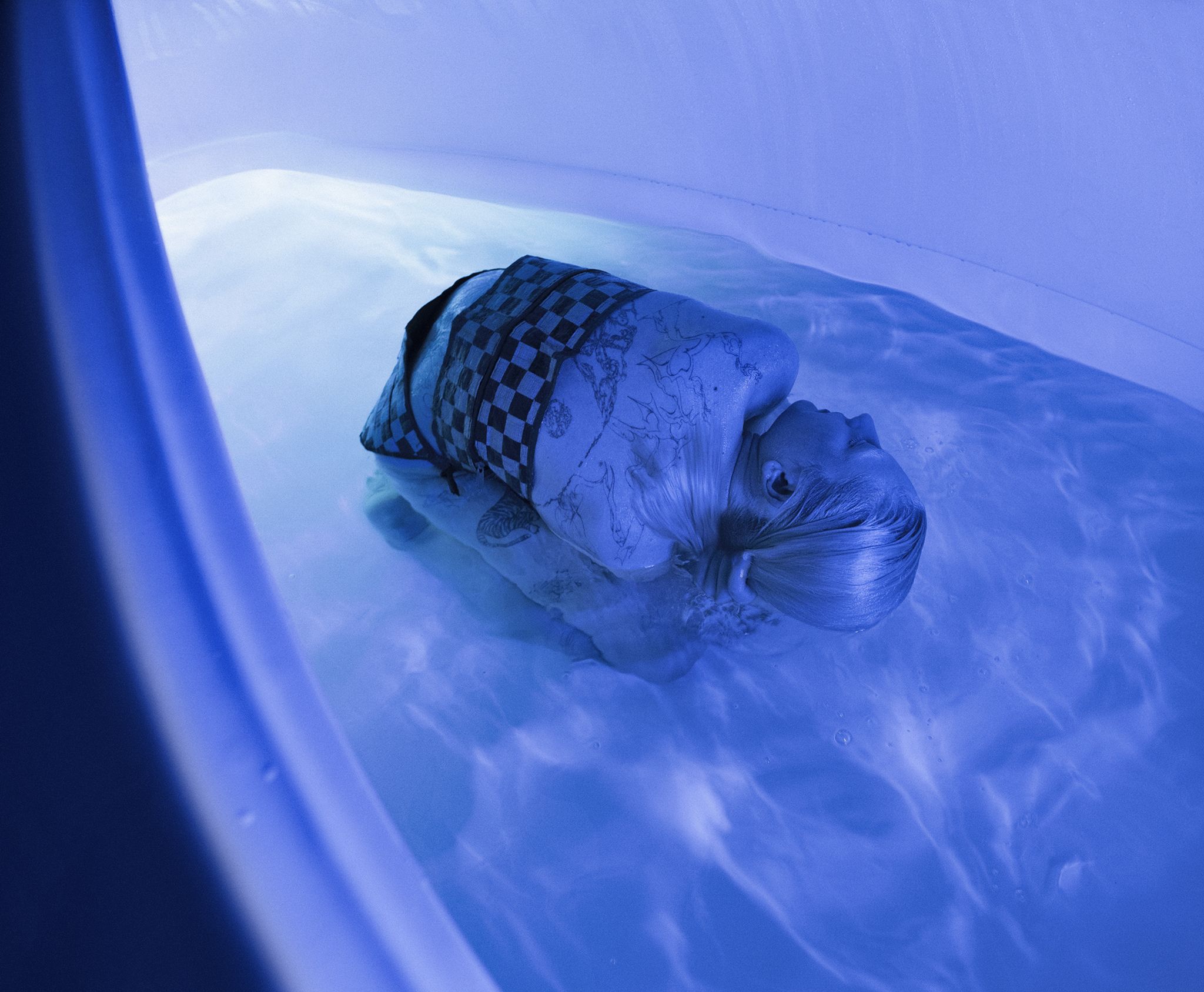
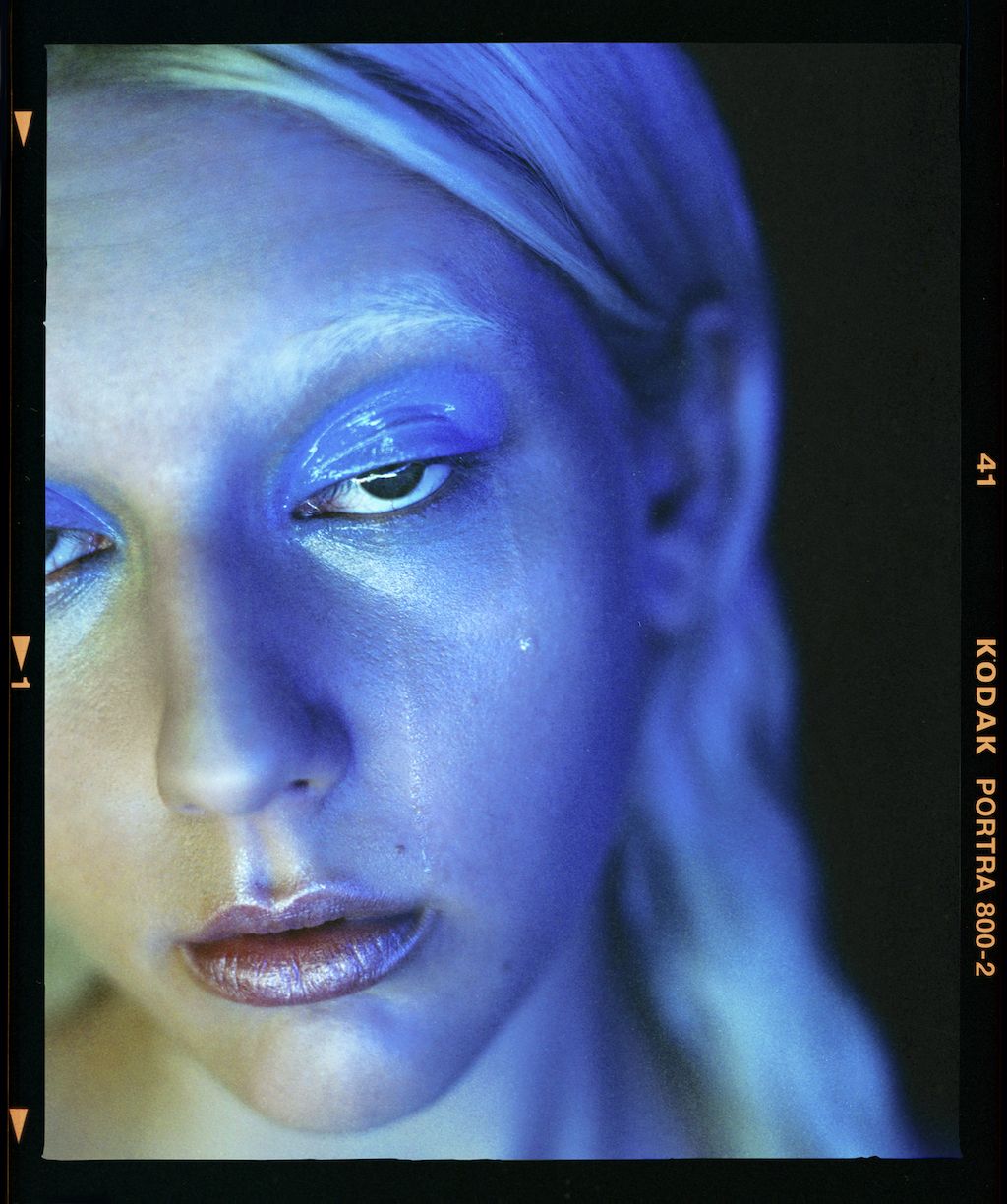
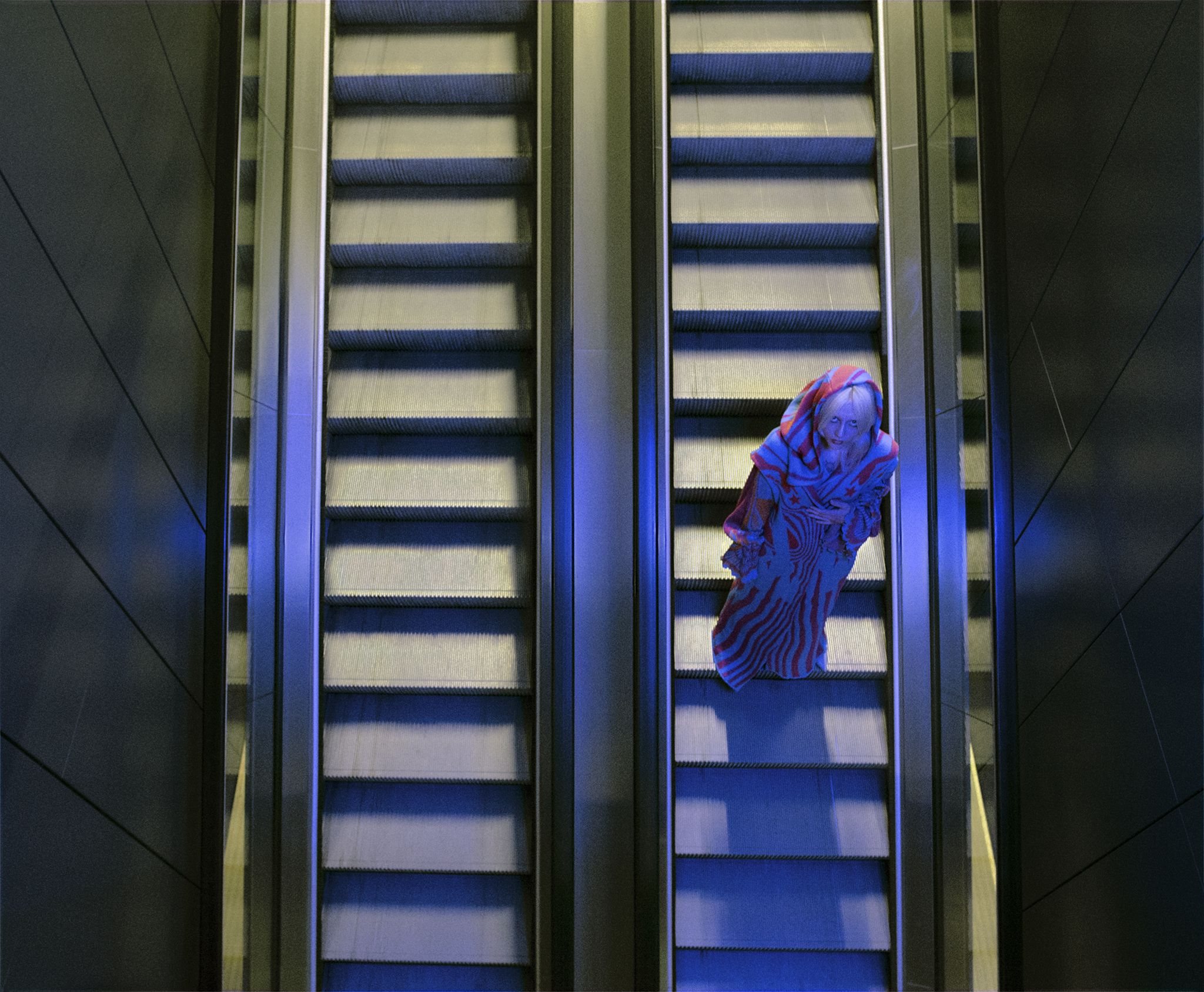

Feeling blue
“During the 1920s the Catalan artist Joan Miró produced a group of paintings that were radically different from anything he had done before. One of his “peinture-poésie”, a large canvas created in 1925, remains almost completely blank. In the top left-hand corner the word “Photo” is rendered in elegant, swirling calligraphy; over on the right there is a popcorn-shaped daub of forget-me-not-colored paint and underneath, the words, in neat, unassuming letters, “ceci est la coleur de mes réves” (“this is the color of my dreams”).
Just two years previously, Clyde Keeler, an American geneticist studying the eyes of blind mice, had made discoveries that indicated Miró might be on to something. Inexplicably, although the mice completely lacked the photoreceptors that enable mammals to perceive light, their pupils still contracted in response to it. It would be three-quarters of a century before the link was definitively proven: everyone, even the nonsighted, possesses a special receptor that senses blue light. This is crucial because it is our response to this portion of the spectrum, naturally present in the highest concentrations in early daylight, which sets our circadian rhythm, the inner clock that helps us sleep at night and remain alert during the day. One problem is our modern world, filled as it is with spot-lit rooms and backlit smartphones, overloads us with blue light at odd hours of the day, which has negative effects on our sleep patterns.”
Kassia St Clair “The Secret Lives of Colour”.
PHOTOGRAPHY PAULINA PIOR
STYLING EDGAR MŁYŃCZAK
MODEL OLIWIA SIEMIANOWICZ FROM REBEL MODELS
HAIR & MAKE-UP MILENA JURCZYK
POST-PRODUCTION JANEK KWIATKOWSKI
PHOTOGRAPHY ASSISTANT AGNIESZKA FREDA
SPECIAL THANKS ŁÓDZKIE CENTRUM FLOATINGU
CLOTHES TRASH MATTERS, KAROLINA PIENIĄŻEK, KUTA HOUSE, HOLY SPELLS, GABIASFUCK








